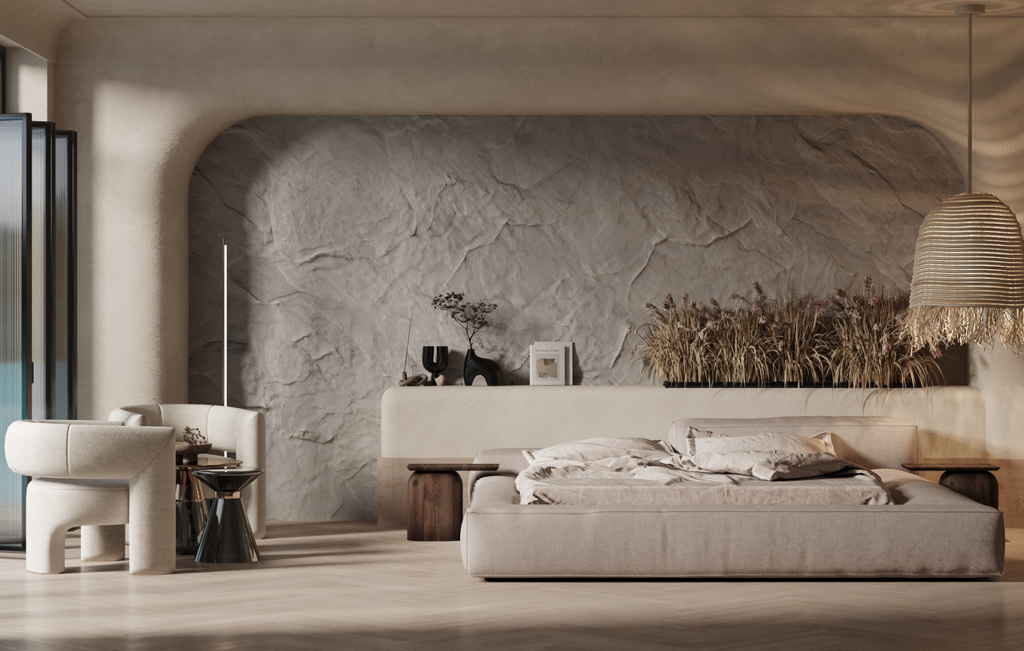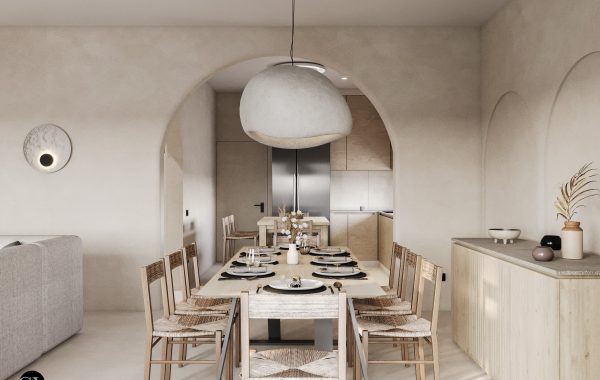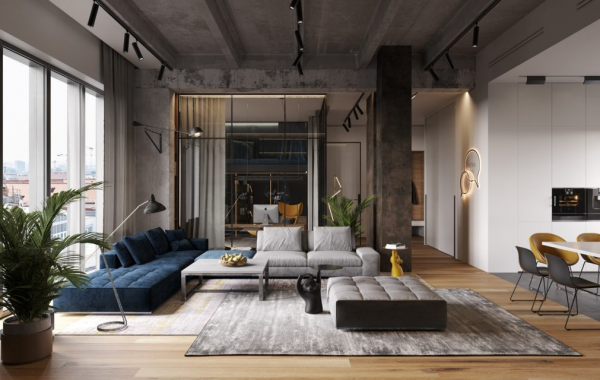Wabi-sabi is a beauty of imperfect, impermanent and incomplete things.
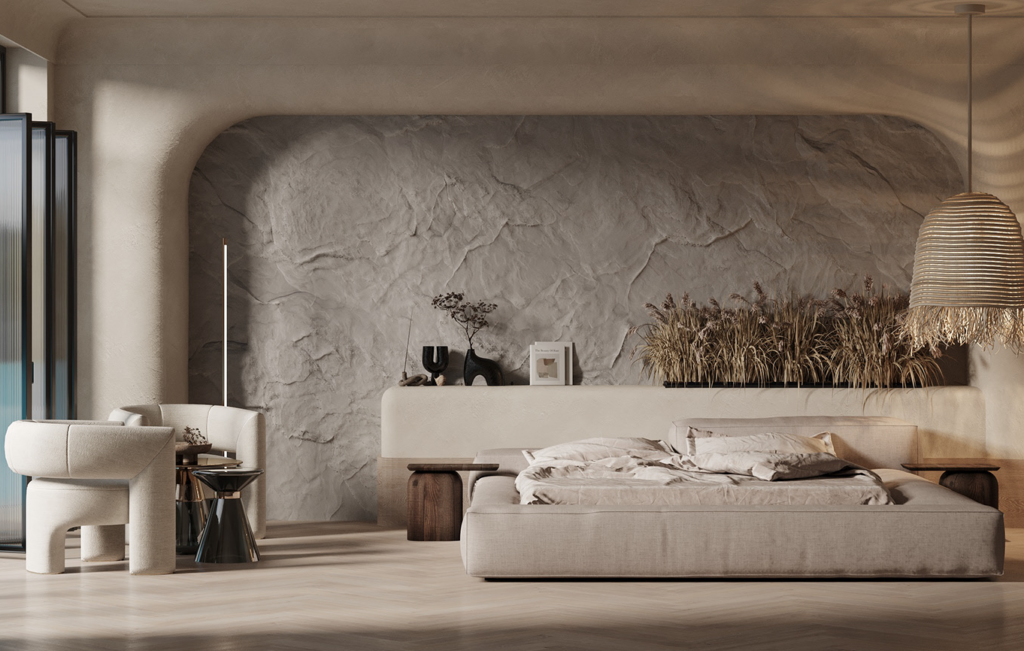
Earth tone shades and natural materials decorated with rustic and authentic simplicity – here’s how to get the Wabi Sabi look! The Japanese philosophy that is on everyone’s lips is about finding beauty in imperfection.
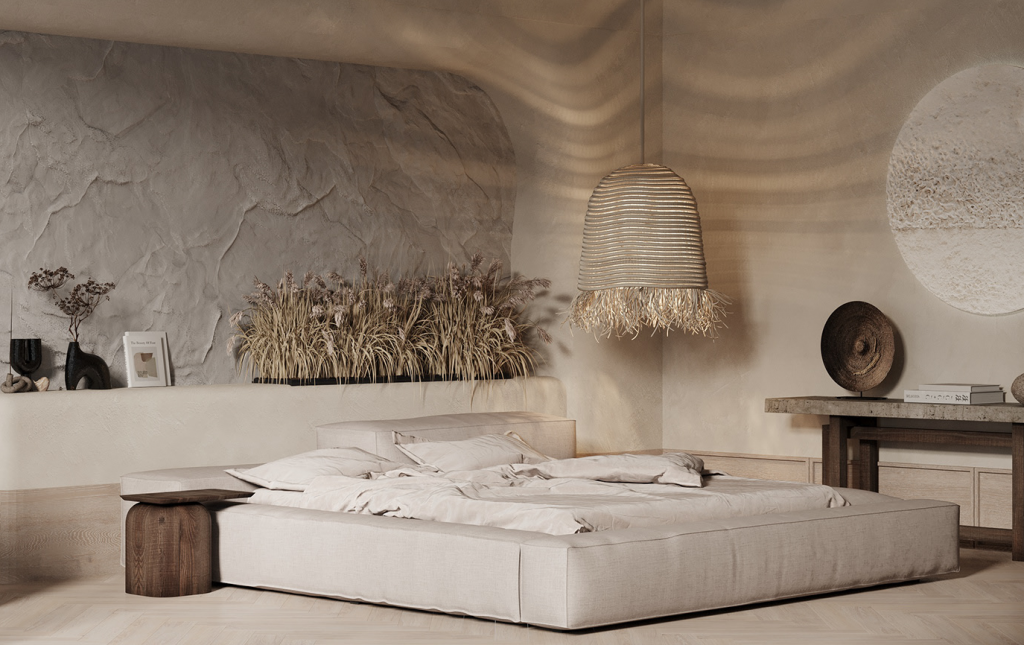
The Japanese term wabi sabi originated in the 1400s and often appears as a key word in home design around the world. Wabi-sabi design emphasizes the use of natural materials, such as wood, stone, and clay, and the celebration of their natural imperfections, such as knots, cracks, and irregularities. It is also characterized by simplicity and minimalism, with an emphasis on creating spaces that feel calm, uncluttered and peaceful.


Overall, wabi-sabi design is a philosophy that encourages us to find beauty in simplicity, imperfection, and the natural world around us. It’s a refreshing and soothing approach to design that emphasizes the importance of mindfulness, acceptance and gratitude.
If we Westerners were taught to use symmetry to achieve balance, many Asian cultures did just the opposite. For them, balance means a composition full of differences and asymmetries.
Wabi Sabi is an oriental Japanese trend, an interior design concept that “sees” beauty in its absence. Wabi Sabi praises imperfections and encourages looking at the complete picture, from growth to decay.






